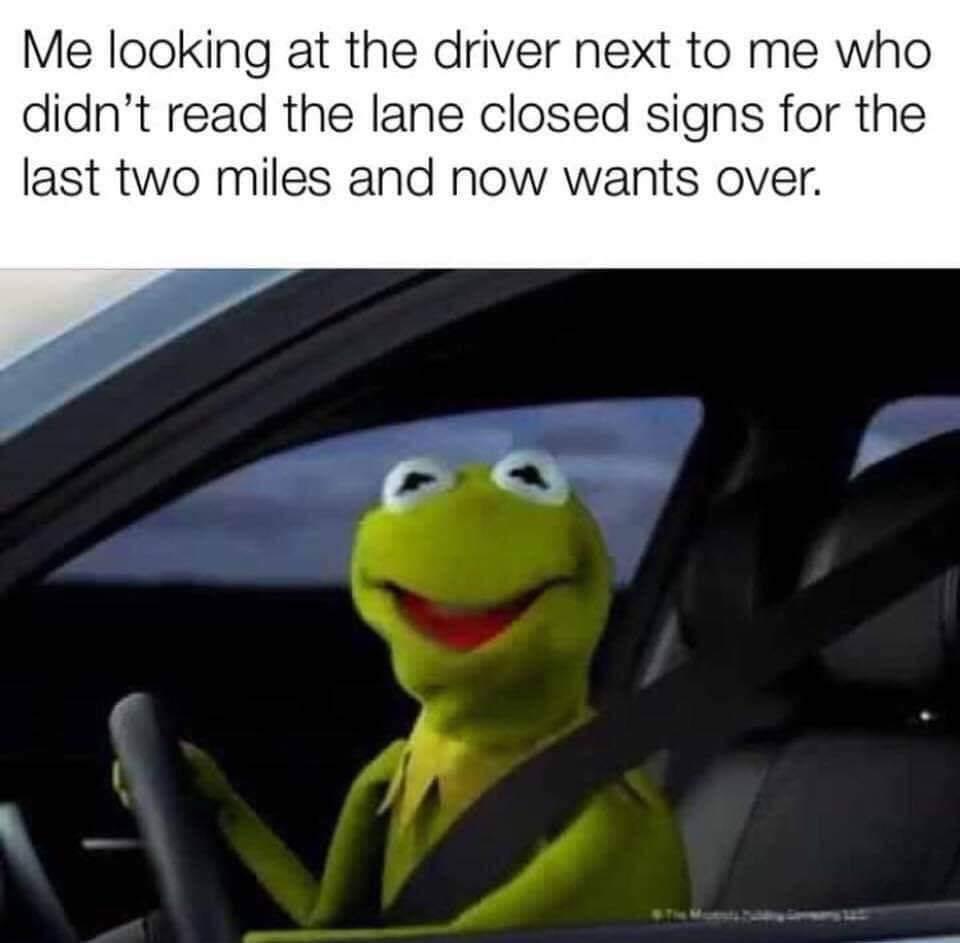this post was submitted on 25 Oct 2023
331 points (73.8% liked)
memes
10399 readers
1639 users here now
Community rules
1. Be civil
No trolling, bigotry or other insulting / annoying behaviour
2. No politics
This is non-politics community. For political memes please go to !politicalmemes@lemmy.world
3. No recent reposts
Check for reposts when posting a meme, you can only repost after 1 month
4. No bots
No bots without the express approval of the mods or the admins
5. No Spam/Ads
No advertisements or spam. This is an instance rule and the only way to live.
Sister communities
- !tenforward@lemmy.world : Star Trek memes, chat and shitposts
- !lemmyshitpost@lemmy.world : Lemmy Shitposts, anything and everything goes.
- !linuxmemes@lemmy.world : Linux themed memes
- !comicstrips@lemmy.world : for those who love comic stories.
founded 1 year ago
MODERATORS
you are viewing a single comment's thread
view the rest of the comments
view the rest of the comments

youtube.com/watch?v=cX0I8OdK7Tk
The middle and last scenario both have people merging in at the end, but only the scenario with matching speed has smooth high throughput flow that alleviates congestion.
The lane hardly moving is usually because of uneven merging at the closure point. If everyone matches speed then both lanes are filled equally. That's what the traffic engineers say is best.
There's a problematic entry ramp that I used to drive every day on my commute. Traffic would back up around it every day in rush hour. When I matched speed and zippered in at the end, the congestion actually started to clear a little as the lane being merged into started moving substantially faster without people cutting in out of turn.
This does not address my point at all. I agreed that your suggestion would not necessarily negatively impact the total throughput on your route.
My point was that your route does not exist in a vacuum and the utility of the open lane may not be obvious without having the same information available as the traffic engineers who designed the closure.
Matching speed does a better job of filling both lanes evenly and reduces the amount of backed up traffic. The slow lane is what backs up to prior intersections. Matching speed is what allows the slow lane to clear up and prevent affecting upstream intersections. You're point isn't actually relevant to what I've described because the lane is fully utilized in a proper zipper merge with speed matching.
So I'm not ignoring the purpose of the merge lane, and I'm not advocating early merging. I'm describing the key aspect of zipper merging that the cruise ahead people are missing.